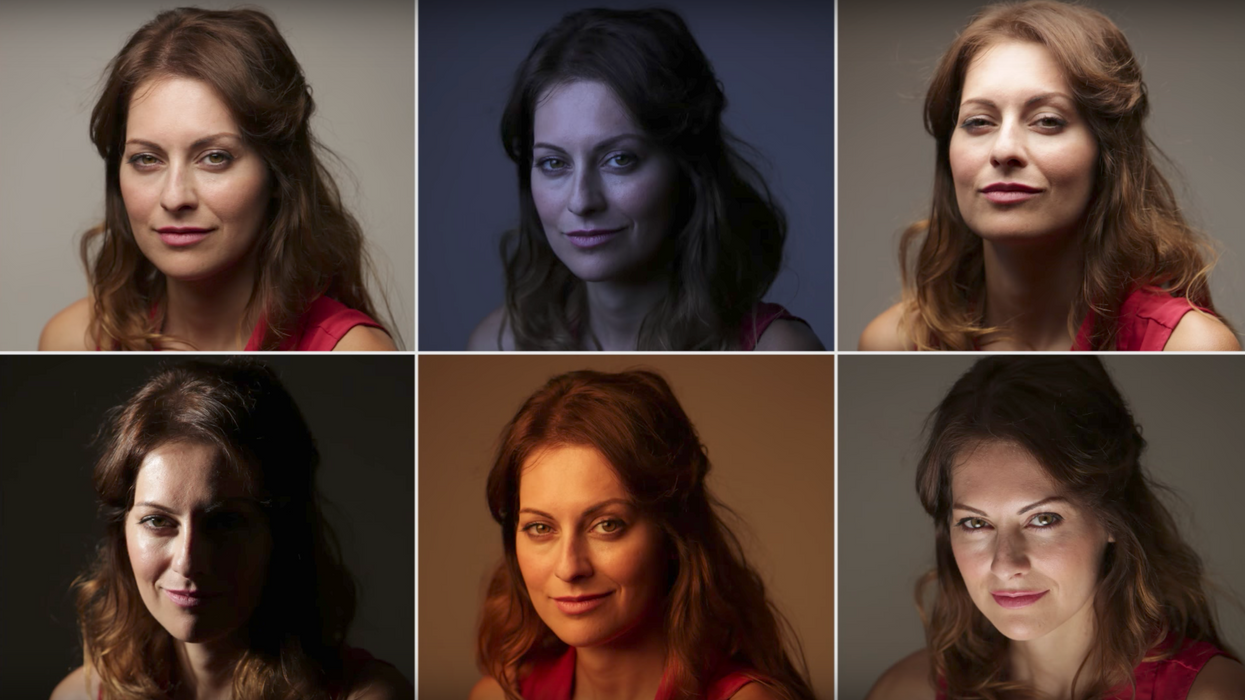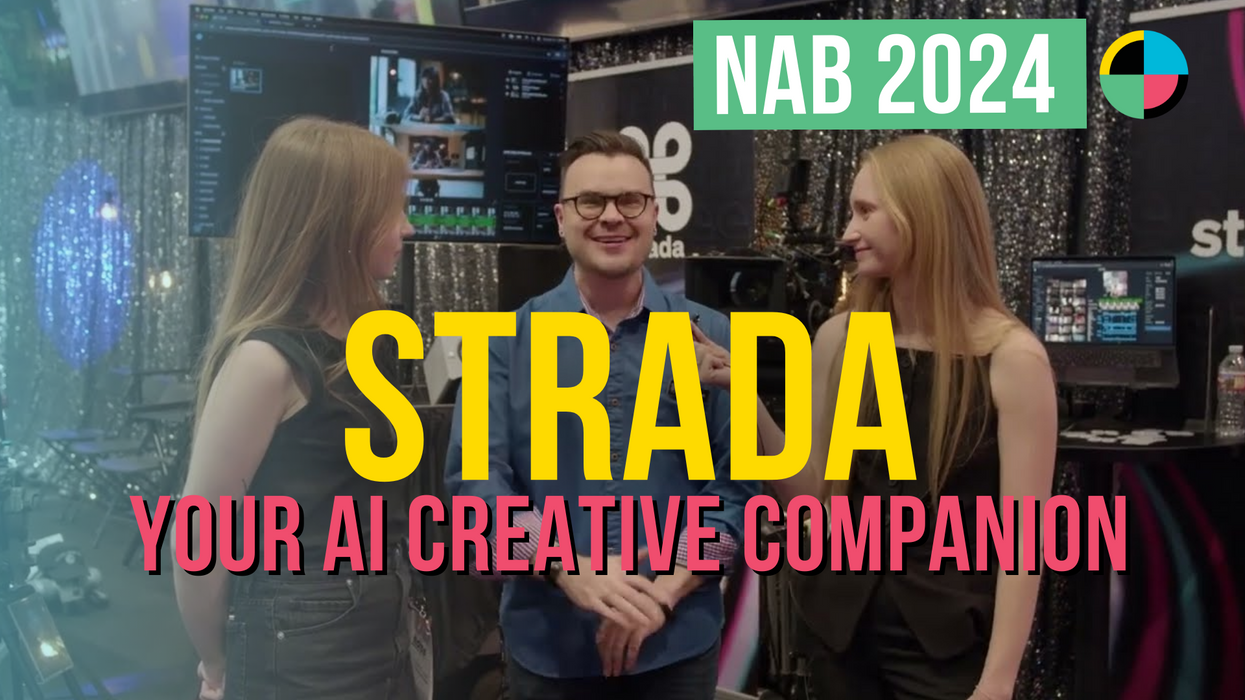A Guide on How to Use Light to Communicate Emotion for Film
Light is an excellent communicator. Here's how to use it to speak to your audience more effectively.

How can light convey emotion? After all, it's just a bunch of particles and waves that don't seem to carry any emotional information whatsoever. However, humans have managed to infuse some of their goopy, drippy, delicious feelings into an otherwise neutral and indifferent phenomenon, giving meaning to different kinds of lighting that we can use in our filmmaking. In this video, Jay P. Morgan of The Slanted Lens explains how you can use light to communicate different emotions to your audience. Check it out below:
It's always a good idea to be constantly adding new words to your cinematic lexicon, especially when it comes to lighting, because, you know, it's like one of the most important pillars of our medium.
Light quality and contrast
Morgan touches on the essential concepts of emotional lighting, including how low key and high key lighting, as well as high and low contrast convey different emotional messages. For example, low key lighting with a lot of contrast is great for communicating fear, anxiety, distrust, and evilness, while high key lighting with little contrast is great for communicating happiness, peacefulness, joy, and contentment.
Color
Furthermore, the color of your light has a huge impact on the message you're sending your audience about the emotion of the scene. (This has more to do with the psychological interpretations of color rather than light, but it's still important.) Putting some blue gels on your light can make things look solemn, sad, and depressing, while using warmer gels can have the opposite effect.
Direction
The direction of your light plays a role in how audiences will perceive the subject and environment in a scene as well. Consider this: we've all put a flashlight under our chin to tell a scary story, right? That's because the light distorts the features on our faces with long, hard shadows making us look scary. The same idea applies to other light positions in relation to a subject. If you direct your light to create less shadows, your subject will appear neutral and nonthreatening, but the more you adjust it to create shadows, the more your subject will appear dubious, untrustworthy, scary, and a whole range of other things.
Though there is so much more to learn about how to use lighting to convey emotions, Morgan's lesson is a great place to start. In case you want a little more information on the subject, you can head over to his blog post to learn more.
Source: The Slanted Lens












